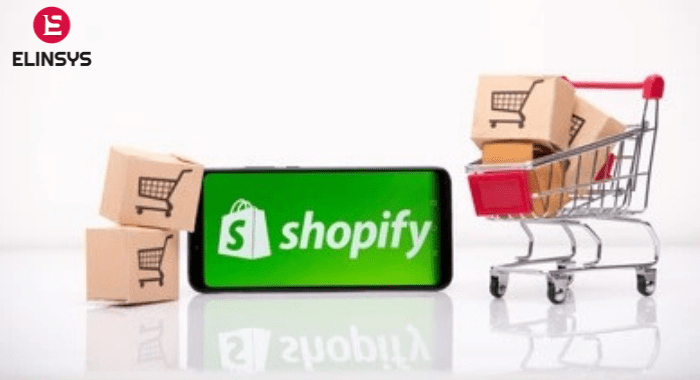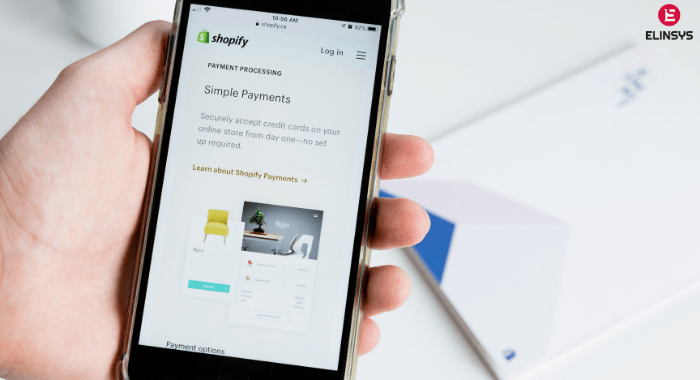Product:
The product is the service or physical good that a firm offers for exchange. A wide range of product forms are being offered on the Internet, including physical goods (e.g., clothing), information-intensive products (e.g., The Wall Street Journal online), and services (e.g. Content writing, Website development). Frequently, the offerings are a combination of all three forms. In the course of building customer relationships, the firm can use a variety of product levers to build enduring customer relationships.
Pricing:
Price is the amount the firm charges customers for a particular market transaction. This would include the price of the product, shipping, handling, warranty, and other financial costs incurred by the customer. Price is critical because it influences the perceived customer value (the complete product offering minus cost is often termed customer value).
Communication:
It includes all types of firm level communications, including public relations, the use of sales representatives, and online advertising. Everyone knows how advertising and other forms of communication such as television and direct mail can make target customers aware of the offerings of the firm. However, marketing communication can also encourage exploration, commitment, and dissolution. For example, viral marketing (where one user informs another user about a site through e-mails) often leads to exploration of a firm’s offerings by new customers.
Community:
One of the unique aspects of the Internet is the speed with which communities can be formed. Equally important is the impact that these communities can have on the firm. A critical question confronting Internet marketers is how communities should be leveraged to build deep customer relationships. Communities can be leveraged to build awareness (e.g., user-to-user communication to make others aware of a product promotion), encourage exploration (e.g., user groups discussing which automotive options to purchase—or not purchase), and commitment (e.g., bonds between users lead to deepening involvement with the site).
Distribution:
The Internet is simultaneously a completely new form of commerce— a revolution in how customers and firms interact—and a distribution channel for the firm’s products. With respect to the role as a distribution channel, the Internet has the power to shift customers to a new channel—or to use this channel in combination with other channels (e.g., search the Internet and then purchase at the retail store). Distribution levers include the number of intermediaries (both online and offline), the breadth of channel coverage, and the messaging from the channels.
Image Source: Google.com


